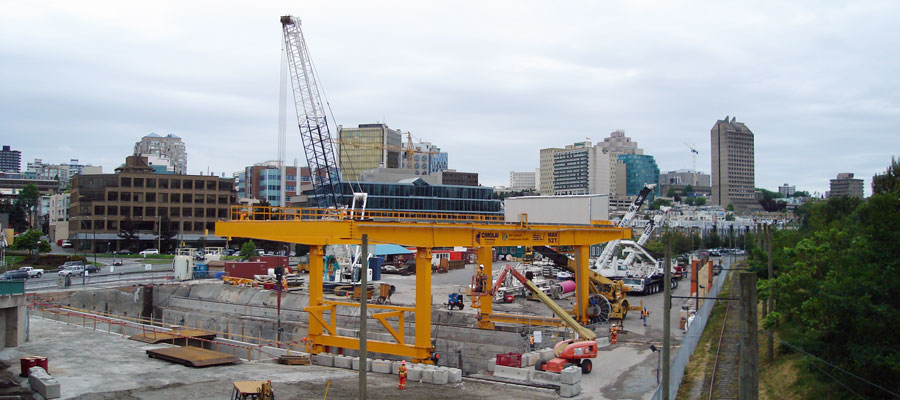Precarious work a reality across employment sectors in BC

Across the world, one of the features of contemporary labour markets is the rising level of precarious employment. We know that labour markets look quite different from place to place for a variety of reasons – institutional, legal, technological, sectoral mix, education, immigration, and other factors that all contribute to geographic differences in precarity. Many of these factors are difficult to change, but not all of them – policy choices matter.
So, what does labour market precarity look like across BC, and what can we do about it?
A third of new jobs created in BC since the 2008-09 recession are non-permanent.
The short answer to the first question is that we don’t really know for sure, but we’re working on it. We do know that a third of new jobs created in BC since the 2008-09 recession are non-permanent (and that’s after losing 74,200 permanent jobs in the recession). But the Census (as great as it is) really isn’t detailed enough to capture what it means to be in precarious employment, while the Labour Force Survey sample is not big enough to tell us about different regions of the province. Marginal people in the labour market tend to be hard to find in the official statistics.
Another way of identifying what precarity looks like across BC is to focus on specific sectors and occupations. For example, in the port-logistics sector which I study, precarity means different things in the four main occupations. Freight office workers probably have the least precarious jobs because they often have regular hours and workplaces. Many truckers essentially work for themselves; they are precarious workers because they earn nothing if their truck breaks down. Wages for warehouse workers are generally low, and only some people can make the shift system fit with their family and other personal obligations. Unionized dockworkers earn a good hourly wage, but they face many years of highly irregular and unstable earnings while they gain seniority and eventually full union membership – that’s if they’re not injured or drop out of dockwork for some reason. Actually, dockers are not all that different from professors who work precariously as teaching assistants, post-docs and sessional instructors for many years before they, maybe, secure a tenured position!
Marginal people in the labour market tend to be hard to find in the official statistics.
So, the various sectors and occupations in the BC economy offer combinations of more or less precarious employment, and these economic activities vary from region to region. Our main urban centres run on post-industrial economies, which means that they tend to have less of the protections found in the unionized resource and manufacturing industries. Employers are easily able to shed workers when demand falls. For example, tourism, food service, retail, filming, for-profit education, even construction, all have seasonal fluctuations. Seasonality is also found in rural and small town economies, but the problem is compounded by the inherent instability of key economic sectors.
A permanent job in an unstable sector also creates precarious employment. Infrastructure megaprojects, and much of the resource industry itself, are notorious for their boom and bust cycles. When the dam is completed or the mill closes, suddenly everyone is trying to sell their house at the same time – in other words, precarity in the labour market often compounds the precarity people experience in other parts of their lives.
A permanent job in an unstable sector also creates precarious employment.
What can we do about this? Part of the response has to include meaningful economic diversification within the regions of BC so that people have employment choices where they live. This is difficult to achieve, but local and regional development strategies that are designed to reduce precarity will focus more on government services, maintenance of existing infrastructure and incremental growth, and focus less on a ribbon-cutting for the next megaproject silver bullet. Contrast how the conversion of an old terminal into a container terminal in Prince Rupert has offered slow but steady employment growth with the boom and bust delivered by smelter construction and LNG speculation in nearby Kitimat.
Much of the policy response to labour market precarity can be identical across BC. We need reasonable protections everywhere for workers against employment practices such as split and changing shift schedules, and never-ending “trial” periods or time-limited contracts. There are government policies that can and should restrict such practices, and much of the response is in the realm of social policy. More stability in the non-work aspects of people’s lives – housing, childcare, education, health care, retirement and so on – will help them better deal with the instability in their work lives.
Topics: Economy, Employment & labour


